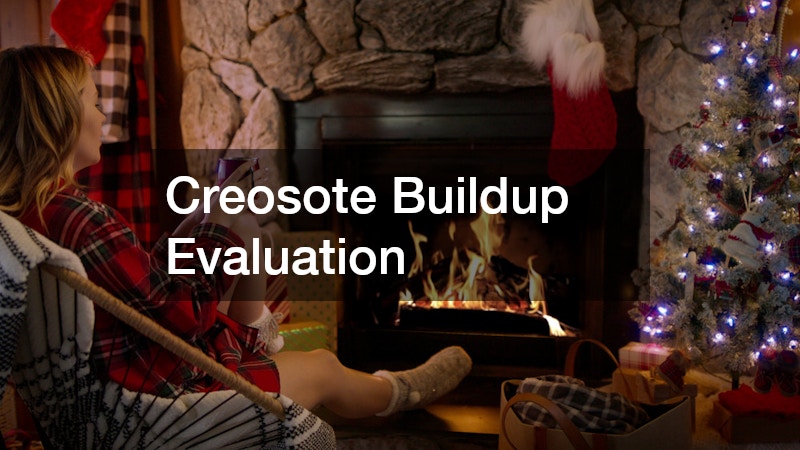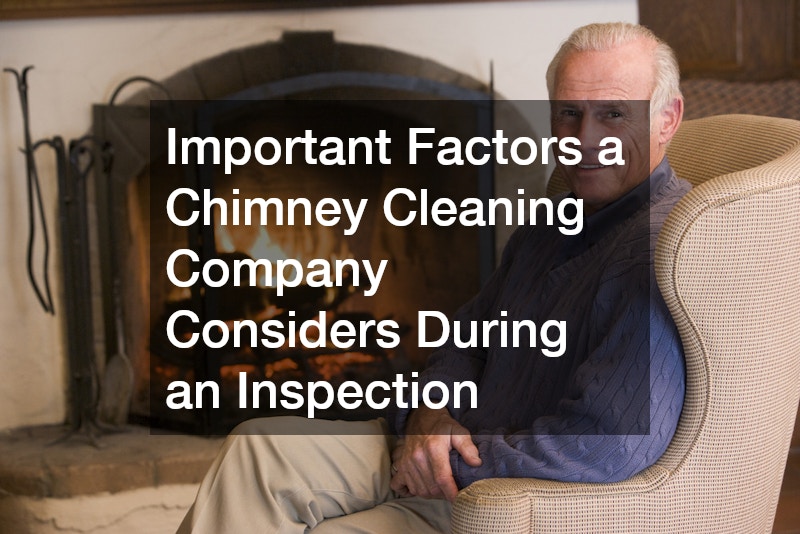One of the primary concerns for a chimney cleaning company during an inspection is the structural integrity of the chimney. Over time, chimneys can experience wear and tear from constant exposure to the elements, which can weaken the building materials. Inspectors from a chimney cleaning company meticulously check for any signs of crumbling mortar, loose bricks, or cracks in the flue lining.
These elements are crucial because structural weaknesses can lead to serious safety hazards, such as collapses or fire hazards. Addressing structural integrity ensures that residents can use their fireplaces safely and efficiently.
Another critical component of structural integrity is ensuring that there is no water penetration. Water is one of the most damaging elements to a chimney, causing a phenomenon known as “spalling,” where the surface of the chimney begins to flake and peel off. A chimney cleaning company will examine the flashing, chimney cap, and crown to ensure they are adequately sealed and protecting the chimney from moisture. Identifying areas prone to water intrusion is essential in preventing long-term damage. A proactive approach in addressing these issues can significantly prolong the life of the chimney structure.
The condition of the chimney liner is another aspect that a chimney cleaning company will attentively assess. The liner plays a vital role in protecting the bricks from heat and corrosion from combustion by-products. Damage or deterioration of the chimney liner can result in heat transfer to combustible components of the home, increasing the risk of a house fire. By observing any signs of liner damage, such as cracks or gaps, a cleaning company can recommend appropriate repairs or replacements. This proactive approach helps maintain safe operation and optimal performance of the fireplace system.
Creosote Buildup Evaluation

Creosote buildup is a primary concern for any chimney cleaning company during an inspection. Creosote is a by-product of burning wood and can accumulate inside the flue, posing a severe fire hazard if left unchecked. The inspection process involves a careful evaluation of the creosote levels to determine the extent of cleaning required. Excessive creosote accumulation not only reduces the efficiency of the chimney but can also block vital airflow, lead to an inadequate draft, and even cause toxic gases like carbon monoxide to enter the home. Therefore, addressing creosote buildup is essential for both safety and energy efficiency.
A thorough inspection also accounts for the different stages of creosote buildup: from the initial, fluffy stage to the hardened, tar-like forms. Each stage presents unique challenges and requires specific removal strategies by a chimney cleaning company. Stage one creosote is typically easy to remove with a standard chimney sweep, whereas later stages may require more advanced techniques, such as chemical treatments or mechanical removal. Understanding the nature of creosote deposits informs the cleaning strategy and ensures effective remediation. By addressing each stage appropriately, the risk of chimney fires is substantially minimized.
Understanding the factors contributing to creosote buildup is also essential. The type of wood burned, the moisture content, and the frequency of use all play critical roles in creosote formation. A chimney cleaning company may provide homeowners with recommendations on best practices to minimize creosote accumulation, such as burning seasoned hardwoods or maintaining optimal airflow. Preventive education is crucial in fostering homeowner awareness and reducing the frequency of required cleanings. Through collaborative efforts, chimney cleaning services can extend the integrity and safety of chimney systems.
Draft and Ventilation Optimization
Proper draft and ventilation are vital for the efficient operation of a chimney and hearth system. A chimney cleaning company will assess the draft during an inspection to ensure smoke is effectively exiting the home. Issues such as backdrafts or poor airflow can indicate obstructions or design flaws in the system that may require correction. These problems can lead to smoke entering the living space, impacting indoor air quality, and posing health risks. By identifying and resolving draft issues, a chimney cleaning company ensures that fireplaces operate efficiently and safely.
Ventilation optimization often involves checking for blockages in the flue that can impede smoke escape. Debris like leaves, animal nests, or excessive creosote can restrict airflow, leading to poor draft performance. A chimney cleaning company will employ tools and techniques to clear these obstructions, facilitating proper ventilation. Additionally, they may recommend or install solutions such as a chimney cap to prevent future blockages. By maintaining an obstruction-free flue, the risk of draft problems is substantially reduced, enhancing the safety and performance of the chimney.
The inspection process also extends to assessing the adequacy of fresh air supply to the combustion area. Proper oxygen levels are necessary for clean and efficient burning of fuel. A chimney cleaning company might evaluate the room’s ventilation and suggest measures to improve it if needed. They might recommend installing or adjusting dampers to regulate airflow more effectively. Ensuring balanced ventilation helps maintain energy efficiency, reduces emissions, and prolongs the life of the chimney system, benefiting both the comfort and safety of the household.



